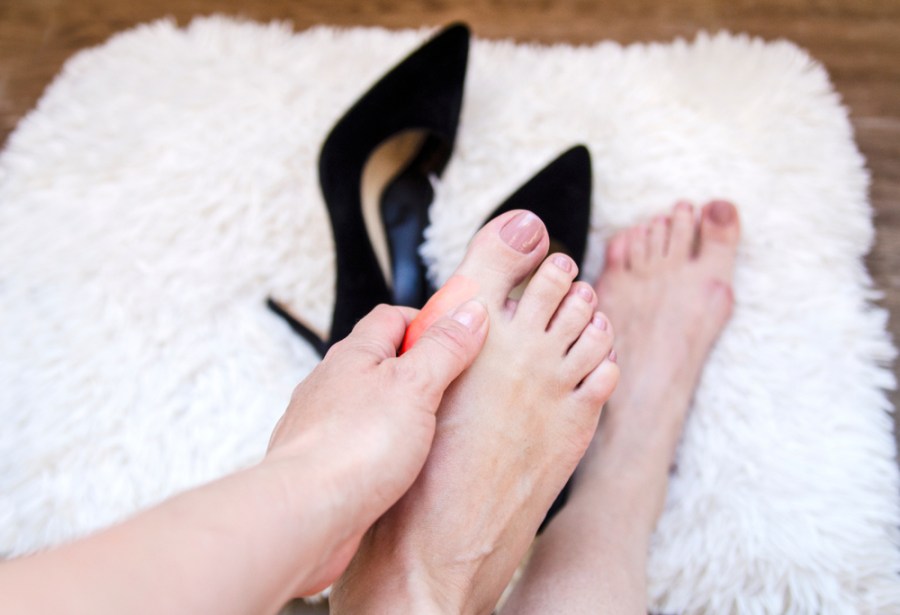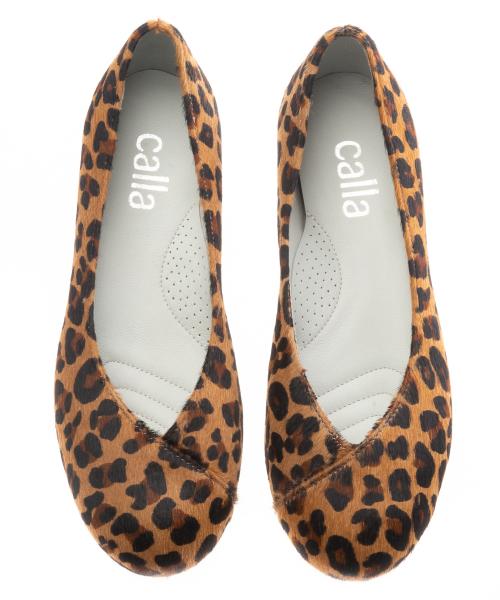Anyone who’s suffered from a bunion will tell you – they are a right pain! The most common forefoot problem in adults, they are more common in women and difficult to treat without surgery.
Read more about what causes bunions, and how to help them.
What is a bunion?
A bunion is a bump of bone that can form at the bottom joint of your big toe.
What are the symptoms of a bunion?
Symptoms can include your big toe pointing inwards, hard, red or swollen skin over the lump and hard lumps on the sides of your feet.
What causes bunions?
Bunions form when your big toe pushes against your second toe, forcing the joint of your big toe to stick out. This is often cause by wearing shoes that are too high or tight, and force your feet into unnatural positions.
Nearly a fifth of Brits wear uncomfy shoes at least once a month, according to a survey by Calla Shoes, and a third don’t prioritise foot health when compared to other body parts.
- Read our round up of the most comfy shoes
Are bunions hereditary?
Sadly yes, because foot shape and structure runs in families. Low arches, loose joints and tendons and flat feet all increase the risk.
How can I get rid of my bunion?
While it’s hard to get rid of a bunion without surgery, there are ways to relieve pain and stop things from getting worse. Mr Kaser Nazir, Consultant Podiatric Surgeon from Harley Street based foot clinic, Podogo, shares his tips and advice for women who are suffering from bunions:
- Once the bunion has occurred, there is no evidence to say splints and exercises will help to rectify the condition, however it may help to slow down the progression of the deformity
- Don’t assume that the size of the bunion will dictate the pain it causes, often smaller ones can be more painful, however larger ones are more difficult to fit into shoes
- If you are beginning to shows signs of a bunion then ill-fitting shoes that are too flat, too narrow or too flimsy will make it worse and speed up the progression of the deformity
- Always wear shoes that support the bunion and don’t cause your feet additional pain. There is a general misconception that feet are meant to hurt, and that leads to people ignoring foot pain that can gradually manifest itself as a more serious and chronic conditions
We love these leopard print ballet flats (£115, Calla Shoes) which just prove that bunion-friendly footwear doesn’t have to be ugly or boring.
How can I soothe a sore, inflamed or painful bunion?
- Keep to a normal weight to avoid extra pressure on your feet
- Use a gel-pad to protect the area from rubbing. All good pharmacies have them, we like these Gel Bunion Sleeves from Superdrug, £7.49
- Hold a bag of frozen peas or an ice pack wrapped in a tea towel to your bunion for up to five minutes at a time
- Take paracetamol or ibuprofen to lessen the pain
Read about the benefits of barefoot walking








